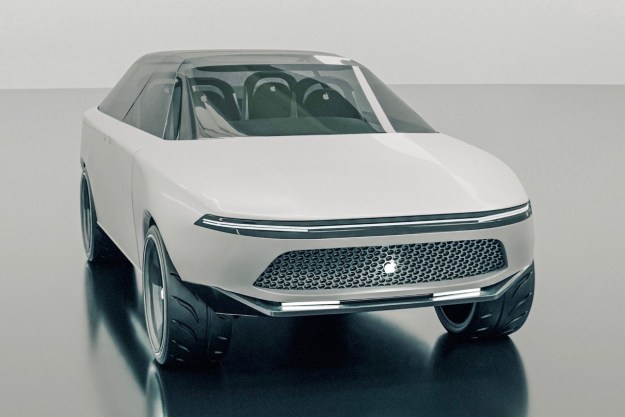
The OTA platform, which can wirelessly update any car’s software through the OBDII port once the client has been installed, lets drivers customize infotainment apps, access wholesale personalization, download software updates from the cloud, and diagnose mechanical problems without ever leaving the driveway. It also allows vehicles to communicate with (and learn from) other connected cars on-the-fly.
“An autonomous car is really a mini data center on wheels.”
“When you enable the industry this way, a new ‘connected ecosystem’ will be formed,” Alam said. “In the era of the software-defined car, which is the era of connected cars, semi-autonomous, autonomous, and driverless cars, the amount of software connectivity is increasing.”
The digital kinship between vehicles has countless advantages, one of the most interesting being in the field self-driving cars.
“An autonomous car is really a mini data center on wheels,” continued Alam. “There is a lot of computation that happens, so there will be a lot of data flowing back and forth. After you have more and more data it becomes more and more safe as you go into more and more unknown situations. You want to pass on those learnings to other autonomous cars.”
Movimento’s OTA platform helps facilitate vehicle-to-vehicle communication through wireless relationships, a process that would have been impossible not long ago. Looking forward, Alam uses an interesting metaphor to illustrate how a connected ecosystem could improve your time behind the wheel.
“A standard car today reminds me of those early days where the low-end music systems had just music; you had no equalizer or bass or tune,” he said. “The cars that we are talking about, think about not only from the safety but also the comfort point of view — If you’re going on 101 and there’s a pothole and there’s rain, that amount of outside noise is unique. That information could be taken, computed, and then sent back to the rest of the vehicles that are following, and they can tune the equalizer or noise cancellation so it can adapt to that road and that time. There are a lot of those kinds of software capabilities that are going to come.”
Any time wireless communication comes into play, there will be security concerns. Alam admits that security is a “constant rat race,” but he says his company will lean on years of industry experience to keep would-be hackers out.
“Because we have done it over time, we have this library of different ECUs, we know exactly what to monitor,” he explained. “If someone is trying to set the ECU into programming mode and it is not authorized by the Movimento client or the cloud manager, we will block it and report it back. The car will continue to operate there will not be any change. We can do that within 10 milliseconds, and the ECU typically takes longer than that [to react].”
Back in the day, cars came out of the factory and largely stayed that way. Sure, you could change the wheels and tires, tune the engine, or spruce up the interior, but the vehicles didn’t really learn. Movimento’s platform envisions a future where cars adapt as we do, both from their own experiences, and from each other.
Editors' Recommendations
- Some on Apple’s failed car project reportedly had a cruel name for it
- Don’t wear Vision Pro while driving, U.S. transport chief says
- Modern cars are a privacy nightmare, and there’s no way to opt out
- This $3 USB adapter fixed all of my Apple CarPlay connection problems
- The Sony car is real. Sensor-studded Afeela EV destined for U.S. roads in 2026





